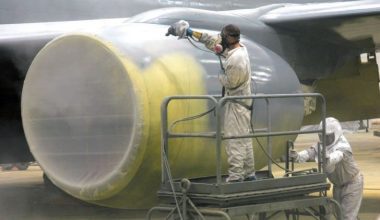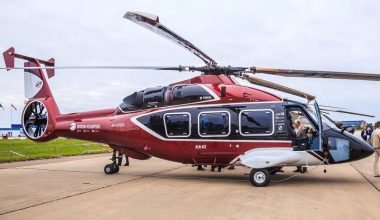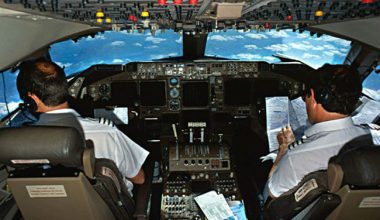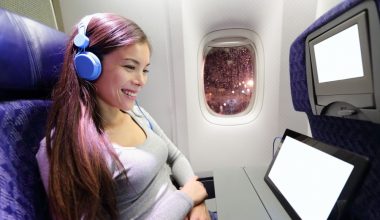The Tupolev TU144 (Model Tu-144S) experienced more than 226 failures during 102 flights and 181 hours of cargo and passenger flight time, 80 of which were in flight. Initially scheduled flights revealed how inconsistent the Tupolev TU144 was. Failures started to multiply after take-off. Although the aircraft was supersonic on its approach to the destination airport, Tupolev Bureau’s crisis center expected that the front and left landing gear would not be extended and that the aircraft would have to land alone on the right gear at a landing speed of more than 300 km / h.
[the_ad id=”29220″]
There was just one commercial route from Moscow to Alma-Ata, although there were 8 certified Tu-144S aircraft available, and flights were reduced to once a week. Bookings have been restricted to 70–80 or fewer passengers and were far below the Tu-144’s seating capacity and demand. Tu-144s carried 3,194 passengers per trip on its 55 scheduled flights, averaging 58 passengers.
A passenger reported, extremely high noise level inside the cabin estimated at least 90–95 dB on average (which is like sitting next to moving motorcycle). Noise from the engine came unlike Concorde; supersonic speeds could only last with after burning devices, such as military aircrafts. A conversation could take place with difficulty for passengers seated next to each other, and those seated separately for two seats could hear each other only when yelling and then had to send handwritten notes.
In 1970, there was hype in oil prices in the Soviets. As the TU-144 consumed a lot of fuel Aereoflot (only user of TU-144) replaced all it TU-144 with the Ilyushin Il-86, which was a jumbo jet to the Soviet flagship.
Accidents of Tupolev TU144
Tupolev 144 had 2 major aviation incidents in total. The first accident occurred at the Paris Air Show on 3 June 1973, 6 crew members and 8 on the ground were killed. The TU144 crash happened at the end of the show in front of 250,000 people, including designer Alexei Tupolev. The incident was investigated by the DTCE, part of the French army, which was responsible for the investigation, the wreckage was collected into a hangar at Le Bourget, some of which was transported to the Soviet Union by an Antonov AN-22.

The supersonic Tupolev 144 passenger jet was to make a test flight before delivery to Aeroflot on 23 May 1978. A fire started at the APU located in the right delta-shaped wing, at an altitude of 3000 m. A turn was made to return to the airport, and both engines were shut down in the right-wing and the aircraft started to lose height. Fire followed the aircraft and the smoke-filled cockpit. One of the other two engines then shut down. The crew managed to land the aircraft belly in a field near Yegoryevsk, six minutes from the start of the fire.
Concorde VS Tupolev TU144
If we are given to the difference between Topulev TU144 and Concorde they look a lot similar with pointing nose and delta wings on it.
The Tu-144 was about twelve feet longer than the Concorde and its wingspan was 10 feet wider. It also had 20 more seats than Concorde with a passenger capacity of 140 and could travel higher and faster with a top speed of Mach 2.15, where Concorde had a top speed of Mach 2.04.

But Concorde, when it came to technology, had the advantage. It had a longer range, its layout was more aerodynamic and when empty it was 22 tons lighter allowing it to consume less fuel just to get into the air. The design of its engine intakes is also constantly adjusted during the flight to ensure optimal airflow thanks to highly advanced onboard computers.
The Tupolev Tu-144 landing speed ranged between 315 and 333 km / h and the landing speed of Concorde was 287 to 296 km / h which enhanced not only passenger flight experience but also safety. In total Concorde flew 27 years carrying 2.5 million passengers and completing 50 thousand where Tu-144 flew just six with 55 flights.
Development History Tupolev TU144
In 1960, Soviet Premier Nikita Khrushchev (leader of the Soviet Union during Cold War) was made aware that Britain and France were investigating a new aircraft project to help develop their aircraft industries. That passenger aircraft Concorde was designed to fly at supersonic speeds, reducing the time to fly from Europe to the US. Two years later British and French reached a formal agreement to start designing and manufacturing. Around the same time, plane makers Boeing and Lockheed also gave the go-ahead to supersonic transport (SST) projects.
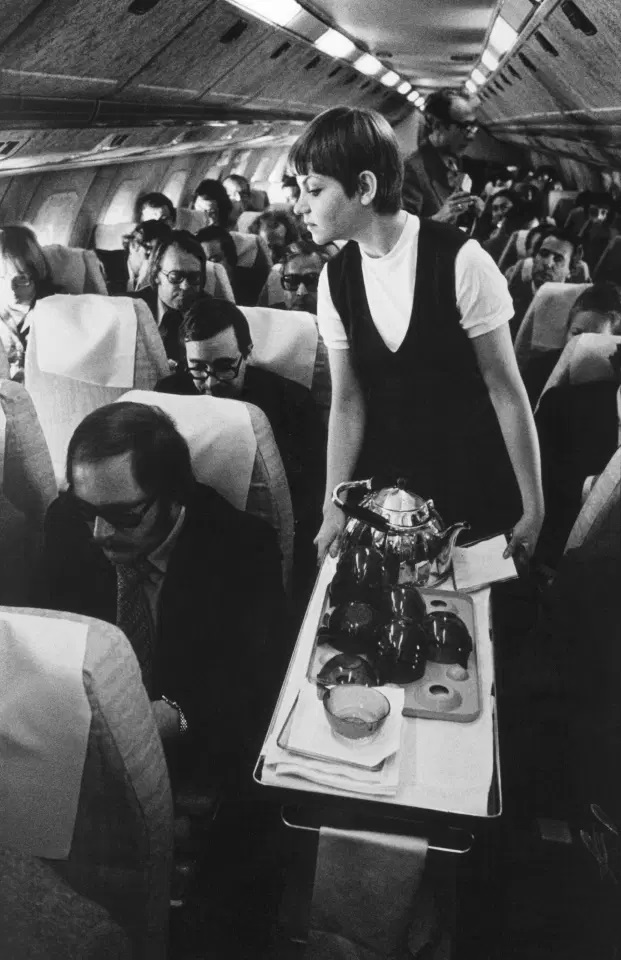
The Soviet Government published the concept of the TU-144 in an article in the January 1962 issue of Air Transport Technology magazine. On 26 July 1963, 10 days after the Council of Ministers approved the design, the air ministry began the development of the Tupolev TU144. The program called for the development of five flying aircraft in four years, with the first aircraft expected in 1966. In 1973, at the Paris Air Show, the Soviet unveiled the Tu-144 to the West. Tupolev flew the second of their production models to the airshow, pitting it head-to-head against the Concorde design, which was already carrying out public flying displays.
[the_ad id=”28989″]Later the aircraft was manufactured by Voronezh Aircraft Production Association (VASO) the largest aircraft production plants in Russia .With upgrades and changes on the Tu-144 prototype Andrei Tupolev continued to improve the Tu-144. Although Concorde and the Tu-144 model both had delta wings, Concorde’s conical camber lacked the wing of the Tu-144. Production Tu-144s replaced this wing with a double-delta wing with such a conical camber and introduced a simple but practical device: two small retractable duck surfaces, one on each side of the aircraft’s forward section, to increase the lift at low level.
Design studies for the Myasischev SST had shown that cruise specific fuel consumption (SFC) of not more than 1.2 kg/kgp hr would be required. The only engine available in time with the required thrust and suitable for testing and perfecting the aircraft was the afterburning Kuznetsov NK-144 turbofan with a cruise SFC of 1.58 kg/kgp hr. Development of an alternative engine to meet the SFC requirement, a non-afterburning turbojet, the Kolesov RD-36-51A, began in 1964.
Tupolev TU144 cockpit
Design and Operations Details
The Tupolev TU144 is a Soviet supersonic passenger airliner designed by Tupolev from 1968 till 1999. Tupolev is a soviet aerospace manufacturer established in 1922 by aviation pioneer and engineer Andrei Tupolev. The Tupolev TU144 was the first commercial supersonic transport aircraft in the world with a maiden flight of its design from Zhukovsky Airport on 31 December 1968, three months before the British-French Concorde.

The TU-144 was 65.7 m long and its wingspan was 28.8 wide. It can carry a passenger capacity of 140 and could fly higher and faster at a top speed of Mach 2.15. It had a range of about 6500 km. The aircraft used 4 Kolesov RD-36-51 but later changed into Kuznetsov NK-144. The TU-144 had about 5 variants TU-144, TU-144S, TU-144D, TU-144DA, and TU-144LL. Like other Soviet Aircraft, the TU-144 cockpit panel is painted in green with analog display.

On 26 December 1975 the Tupolev tu144 entered operation, flying mail and cargo between Khrushchev (Capital of Kazakistan) in preparation for passenger service, which began on 1 November 1977. On 23 June 1979, an Aeroflot cargo-only service started again using the updated TU-144D aircraft development version, including longer routes from Moscow to Khabarovsk.
The passenger service ran a semi-scheduled service until the first TU-144D suffered an in-flight failure during a pre-delivery test flight, crash-landing on 23 May 1978 with two crew deaths. The 55th and last passenger flight scheduled for the Tu-144 occurred on 1 June 1978.
On 1 July 1983, The Soviet government canceled the Tupolev TU144 program, which also provided for future use of the existing TU-144 aircraft as airborne laboratories. TU-144D was used in 1985 to prepare pilots for a space shuttle to the Soviet Buran.
Technik Museum Sinsheim
Sinsheim Technik Museum is a technology museum located in Sinsheim, Germany. It was opened in 1981 and is run by an organization named “Auto & Technik Museum Sinsheim, which runs the nearby Technik Museum Speyer as well.
Air France donated one of its retired Concorde (F-BVFB) aircraft to the museum in 2003. Since 2001, with a Tupolev TU-144 on view, it is the only location where all supersonic passenger planes are seen. Both the aircraft are kept 80 feet above the ground with stands. All aircraft are fully publicly available. In 2004, the alliance of the museum acquired a Russian shuttle Buran which opened on 3 October 2008 at the Technik Museum Speyer as a walk-in exhibition.
As the Tupolev TU144 was an unsuccessful Soviet Era plane. Tupolev cancels its projects only with 6 months of passenger service. Like TU-144, Concorde also canceled its project in 2003 as the supersonic lead a lot of fatal accidents. These planes were designed to reduce the time taken to fly by other aircraft. This aircraft was reducing times for busy people as time is precious to any human. So a number of aeronautics engineering firms are producing prototypes for the supersonic aircraft at the present level.
Read More
A Farewell to Double-Decker Long Haul Icons from Airbus and Boeing(Opens in a new browser tab)
Antonov 225 Mriya, the successful Soviet Cargo Plane with five facts(Opens in a new browser tab)
Dreamlifter Boeing; Vital Cargo plane in COVID pandemic(Opens in a new browser tab)
[wtpsw_gridbox]

